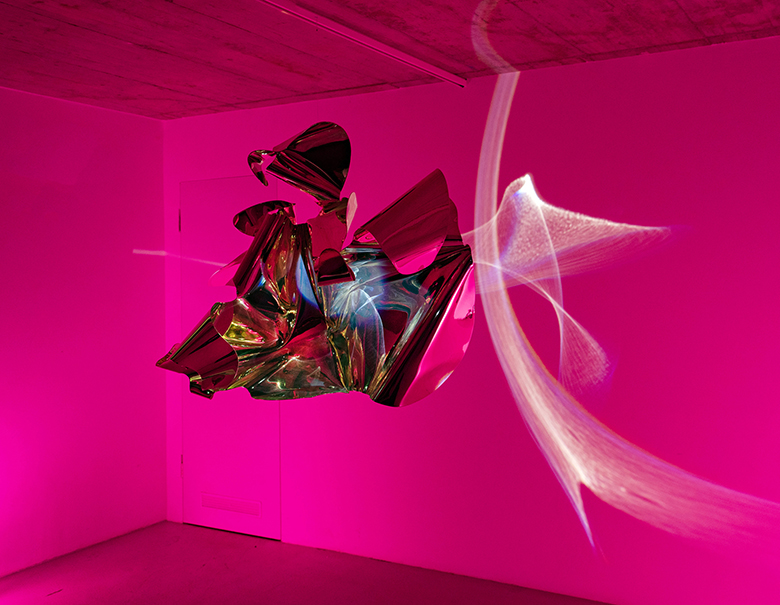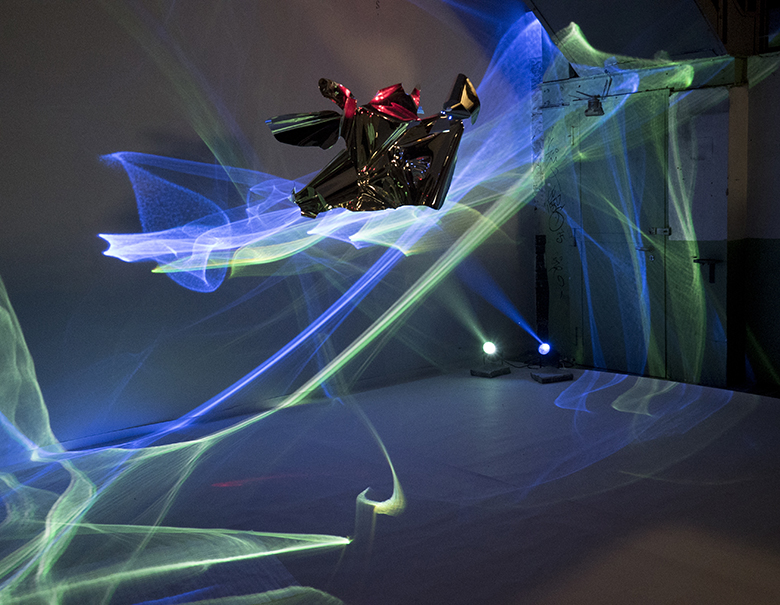How Can the Interaction of Art and Science Promote Empathy and Social Cohesion?
The ongoing digitalization and acceleration of all areas of our lives poses great challenges to both the individual and the community. Our own voice and that of our neighbors echo in social media, political dogmatism can drive people apart, emotions control actions, and facts are no longer decisive in some debates. Empathy, as a cornerstone of functioning communities, continues to play an important role. It is artists who have mastered the game with our emotions, and scientists who have learned to analyze and, at least partially, understand our thinking and feeling, our mind and our brain. What new impulses can be conceived in the interaction of art and science to promote empathy, social cohesion and togetherness?
The research project BRAINPALACE addresses this question. It tests the possibilities and potential of artistic interventions in combination with methods of neural feedback. Neuroscientific findings are applied to create collective group experiences and to strengthen empathy through emotional synchronization.
The aim of the project is to develop a light installation for 2020 as an art object whose appearance is interactively controlled by the brain activities of a group of viewers, with suitable characteristics of received EEG signals serving as control variables.
For this purpose, existing algorithms are first adapted to the art scenario, evaluated and then combined with new procedures to be developed in order to follow the reactions of the viewers dynamically, to visualize them in a completely new way and finally to be able to "mirror them artistically".
In 2021, the follow-up project BRAINPATTERNS will investigate whether the newly developed software tools can be used to find first hints for the recognition of different levels of consciousness - by identifying emerging patterns in the visualizations.


